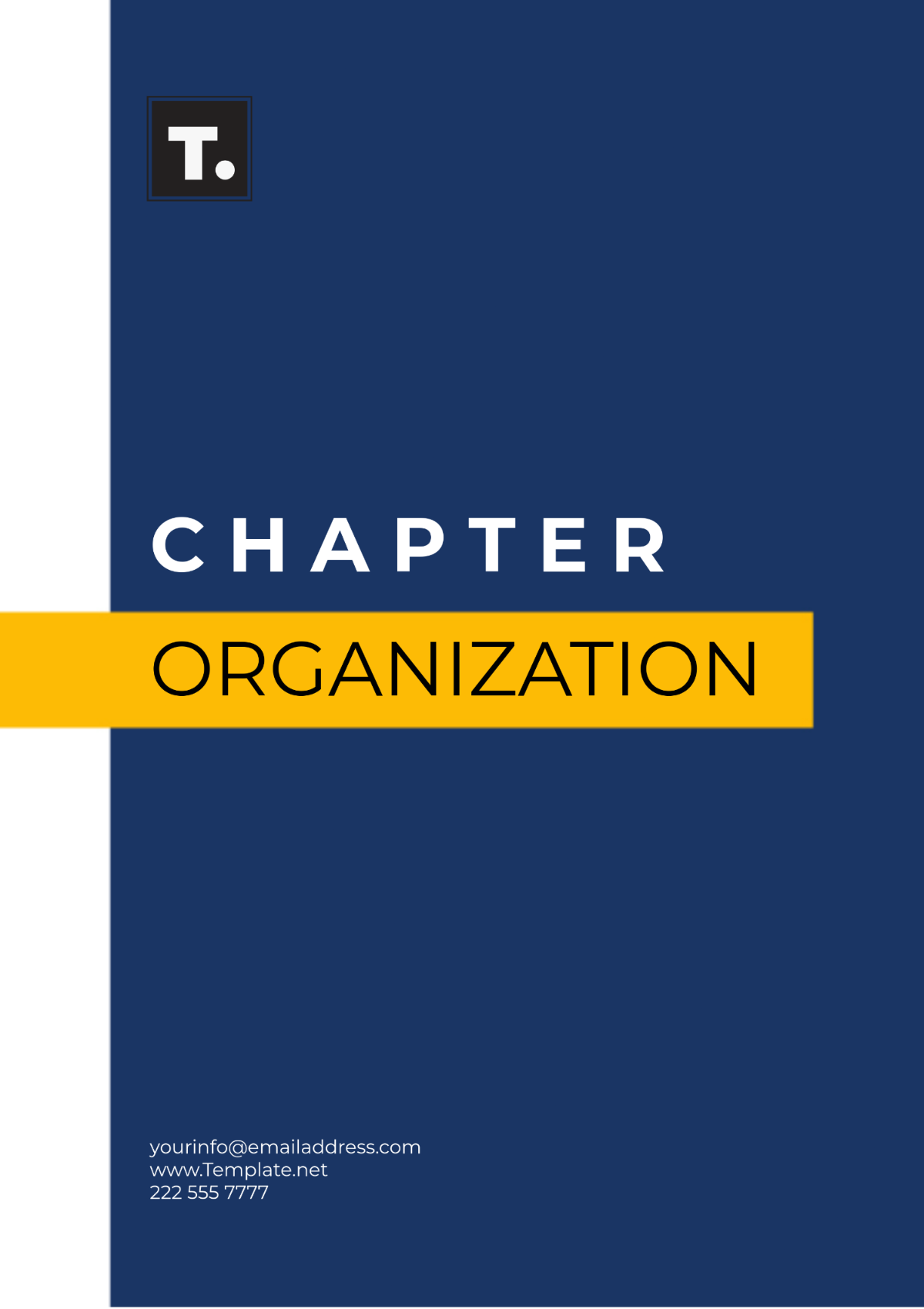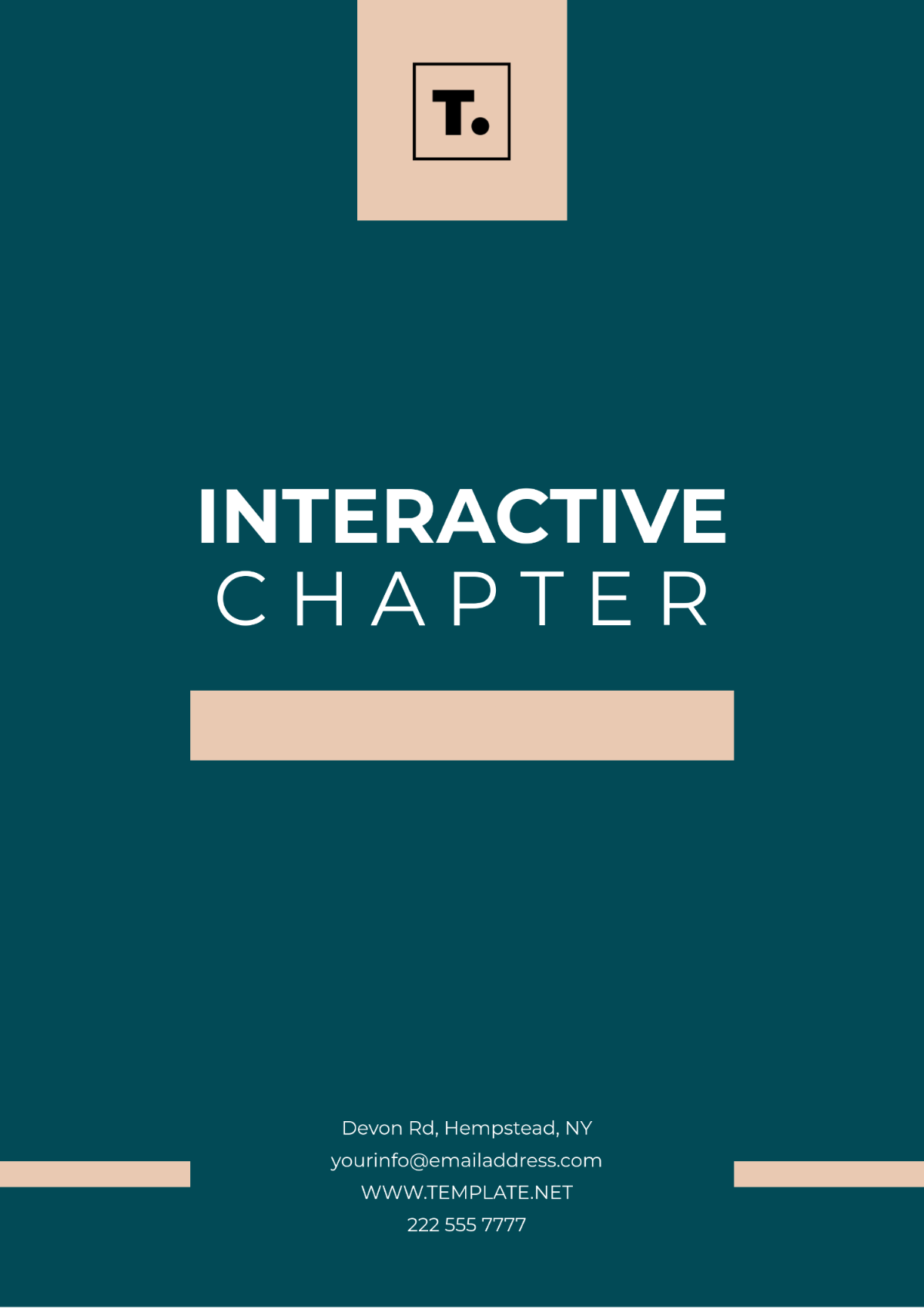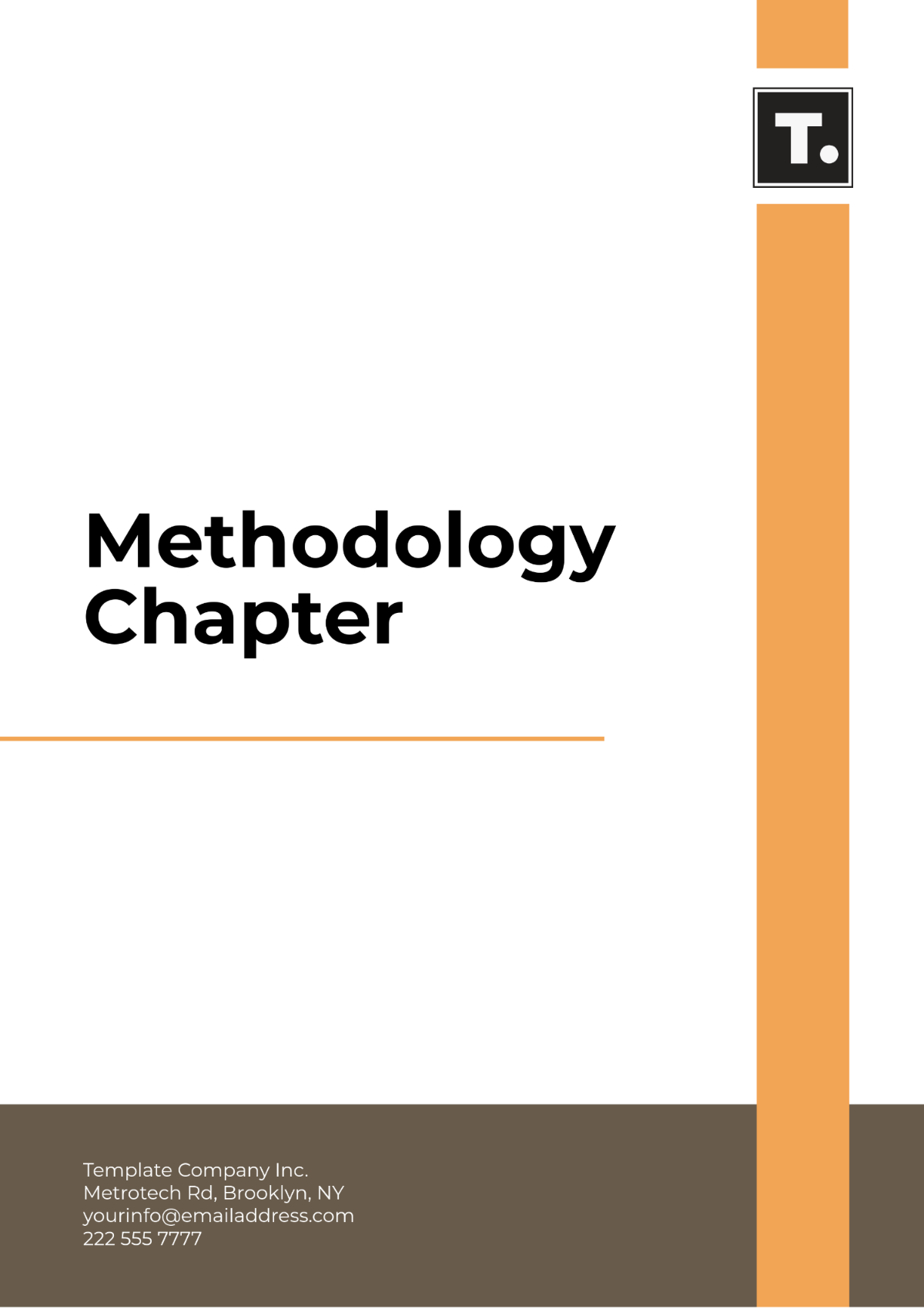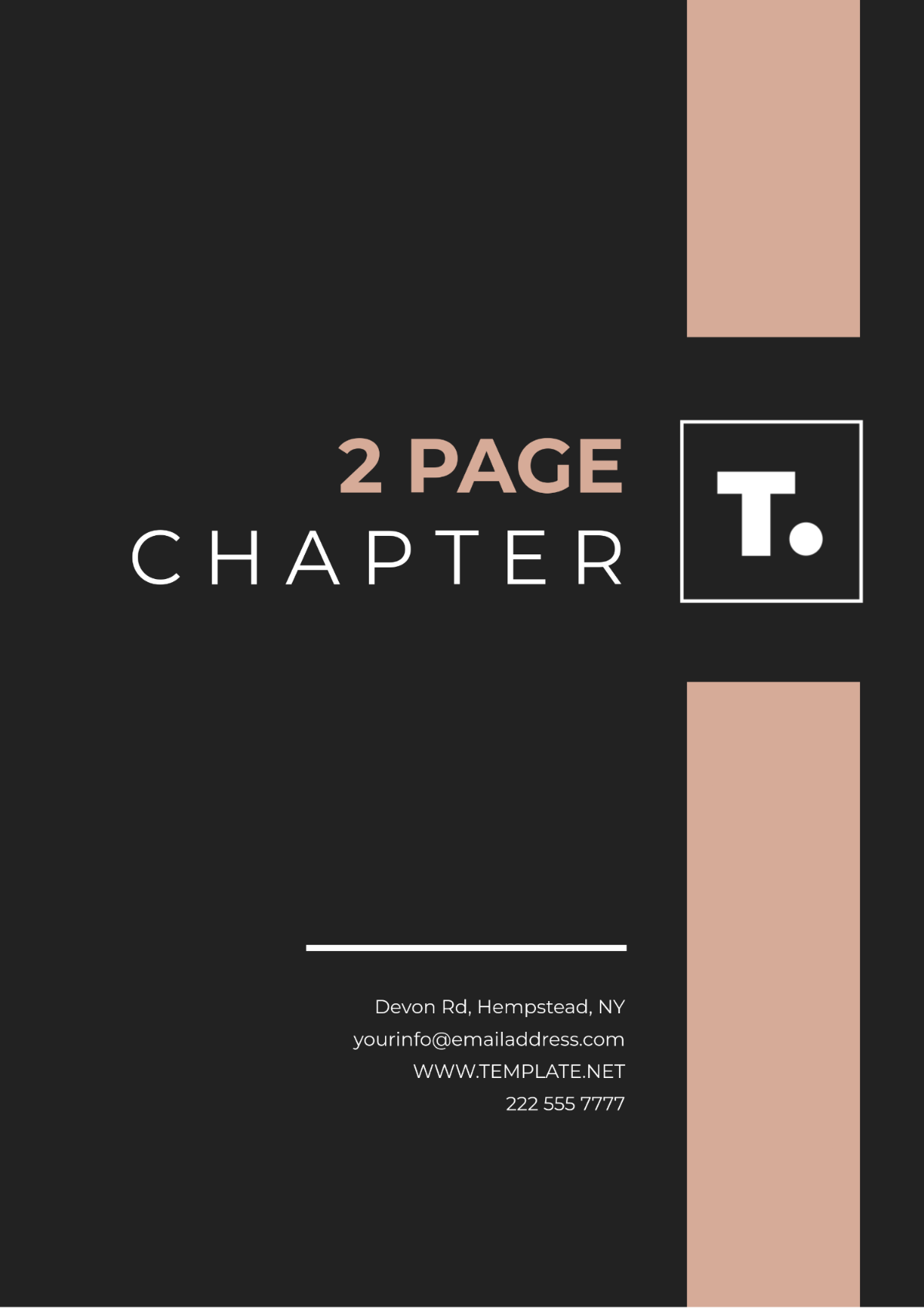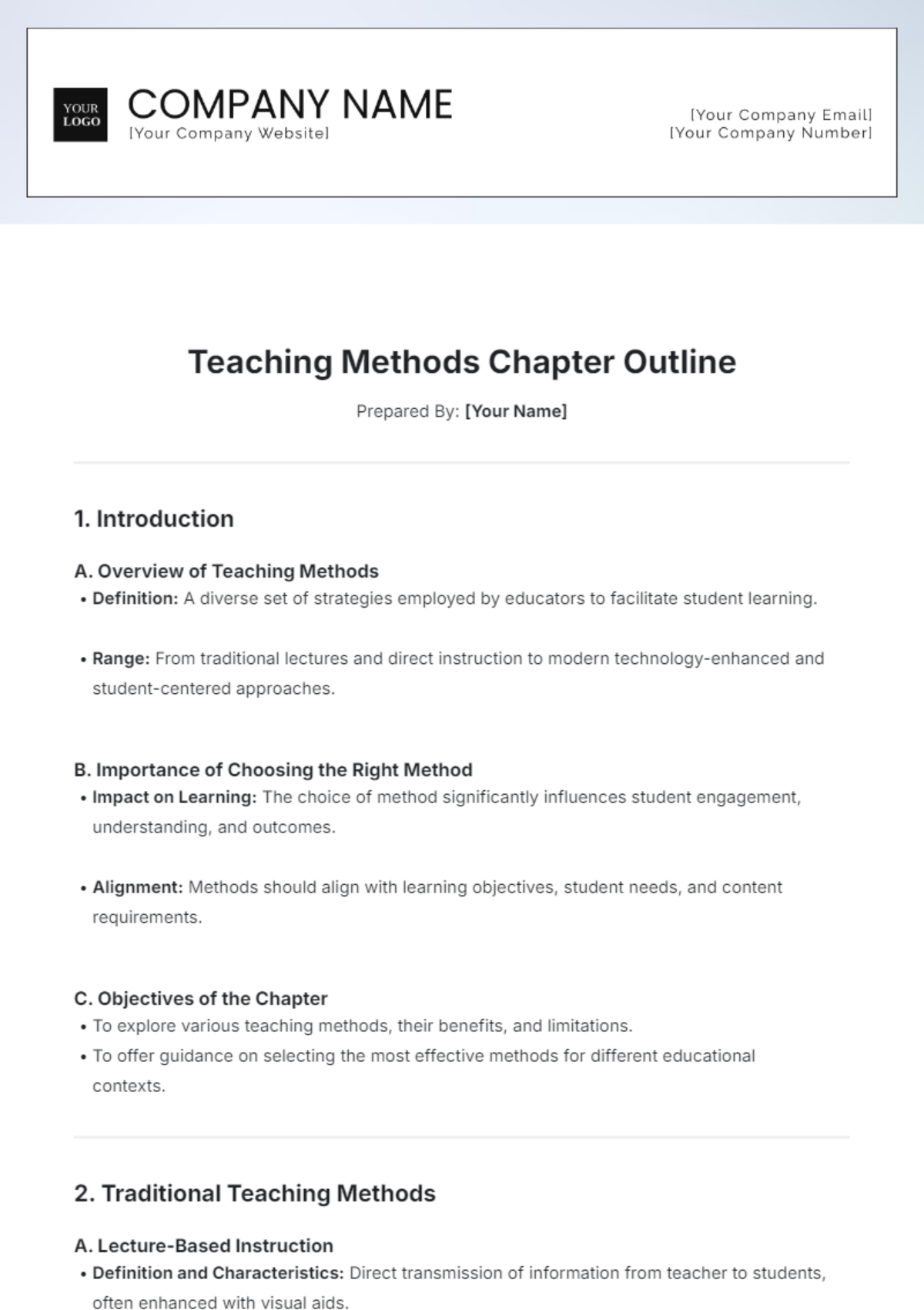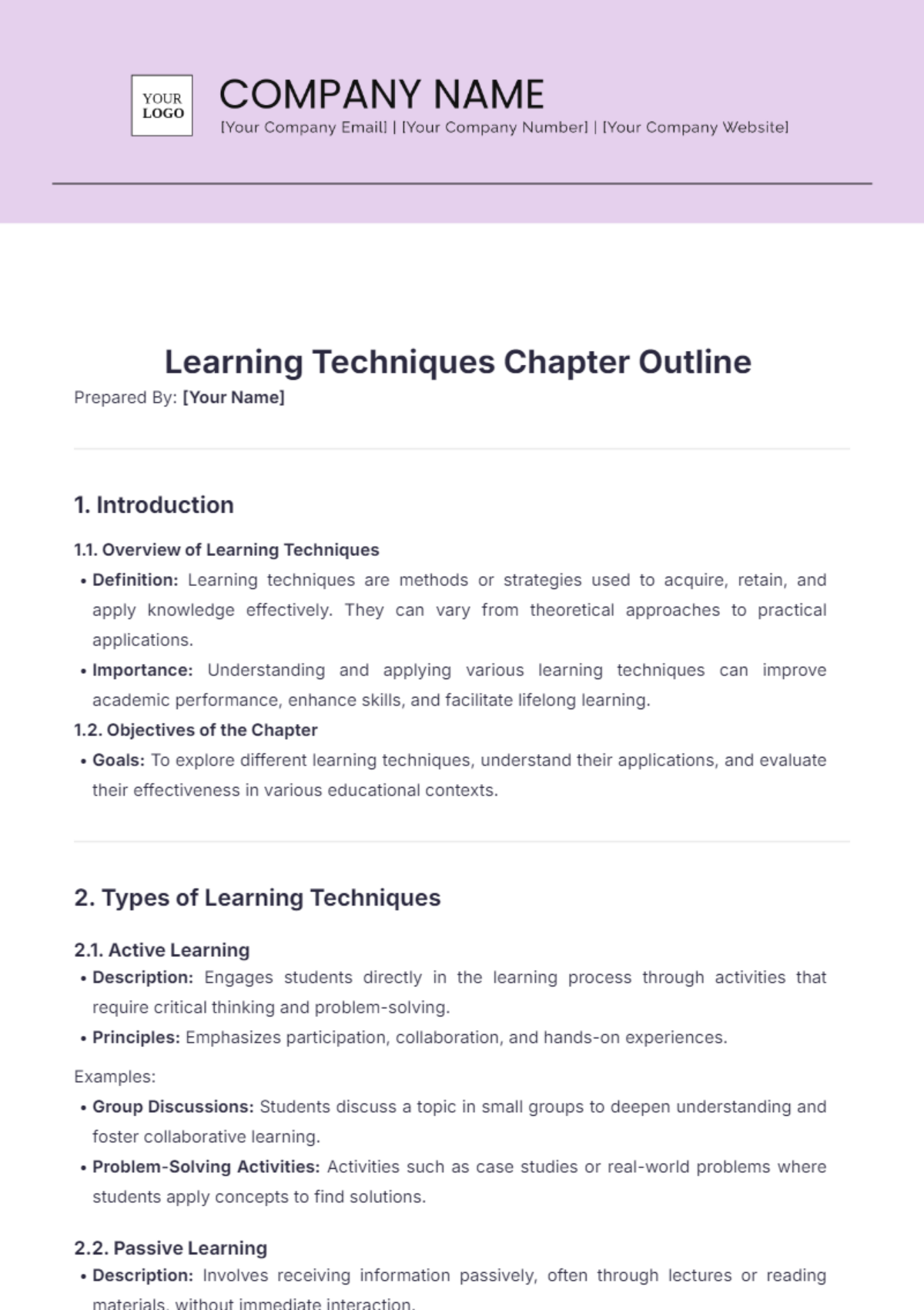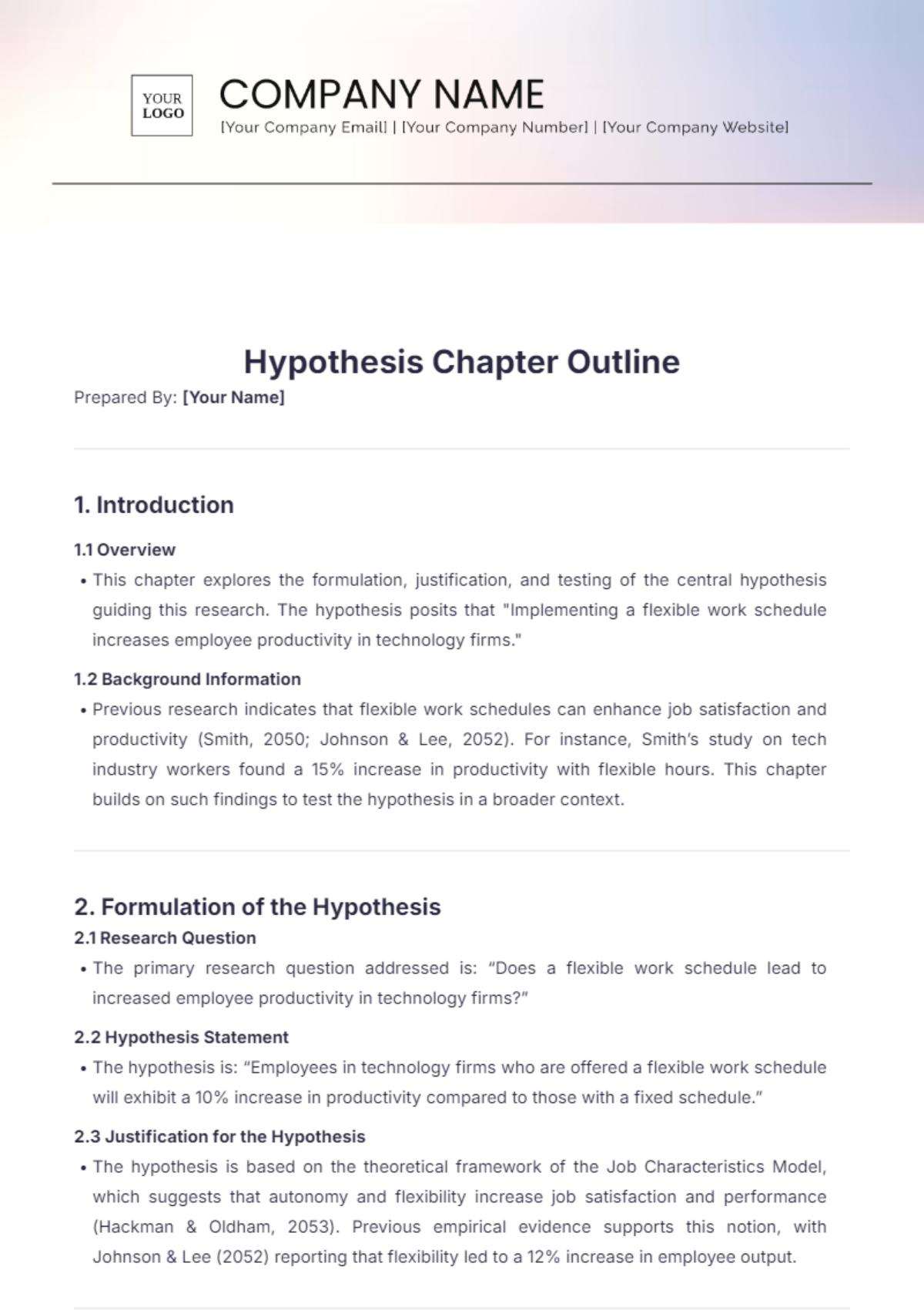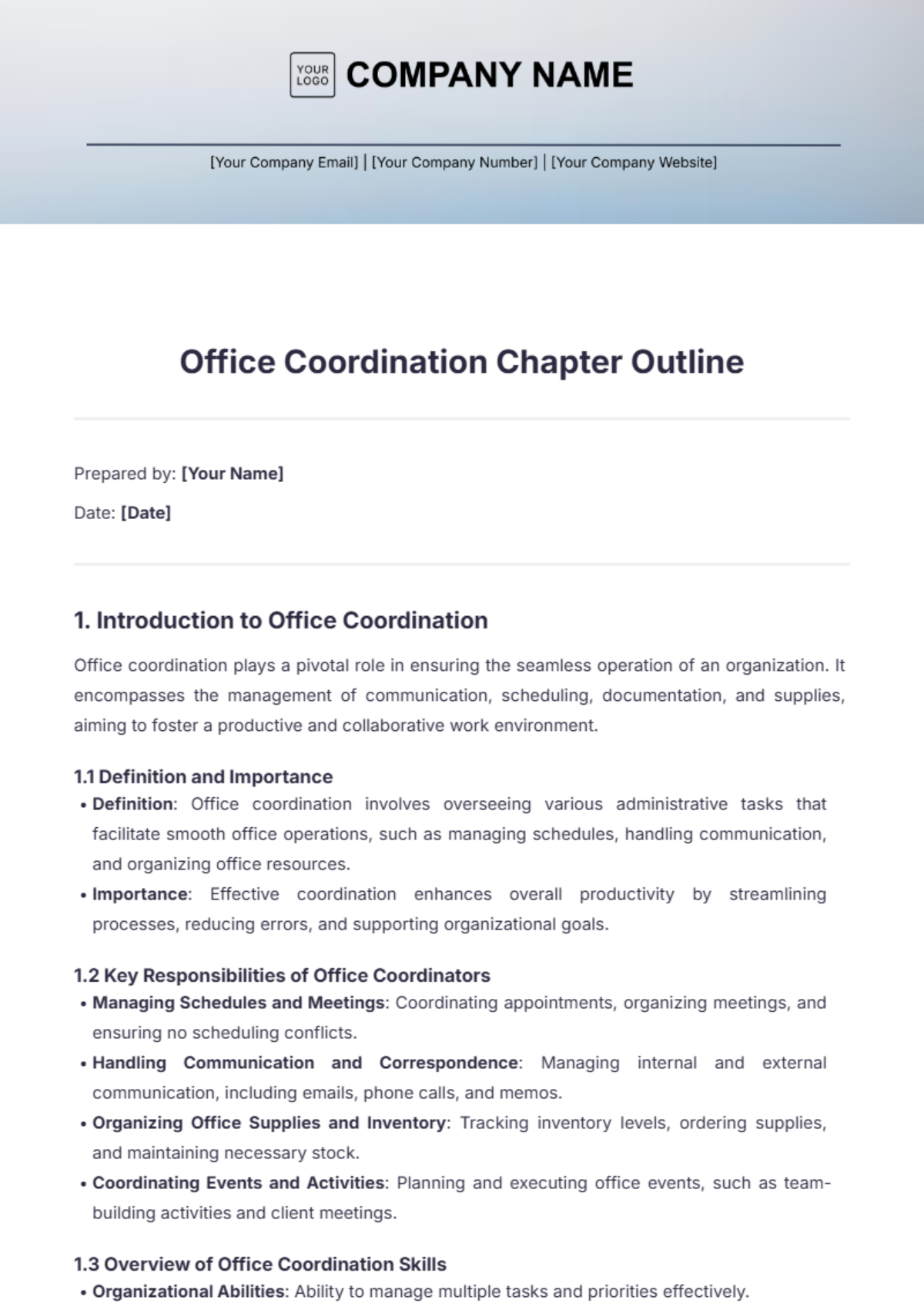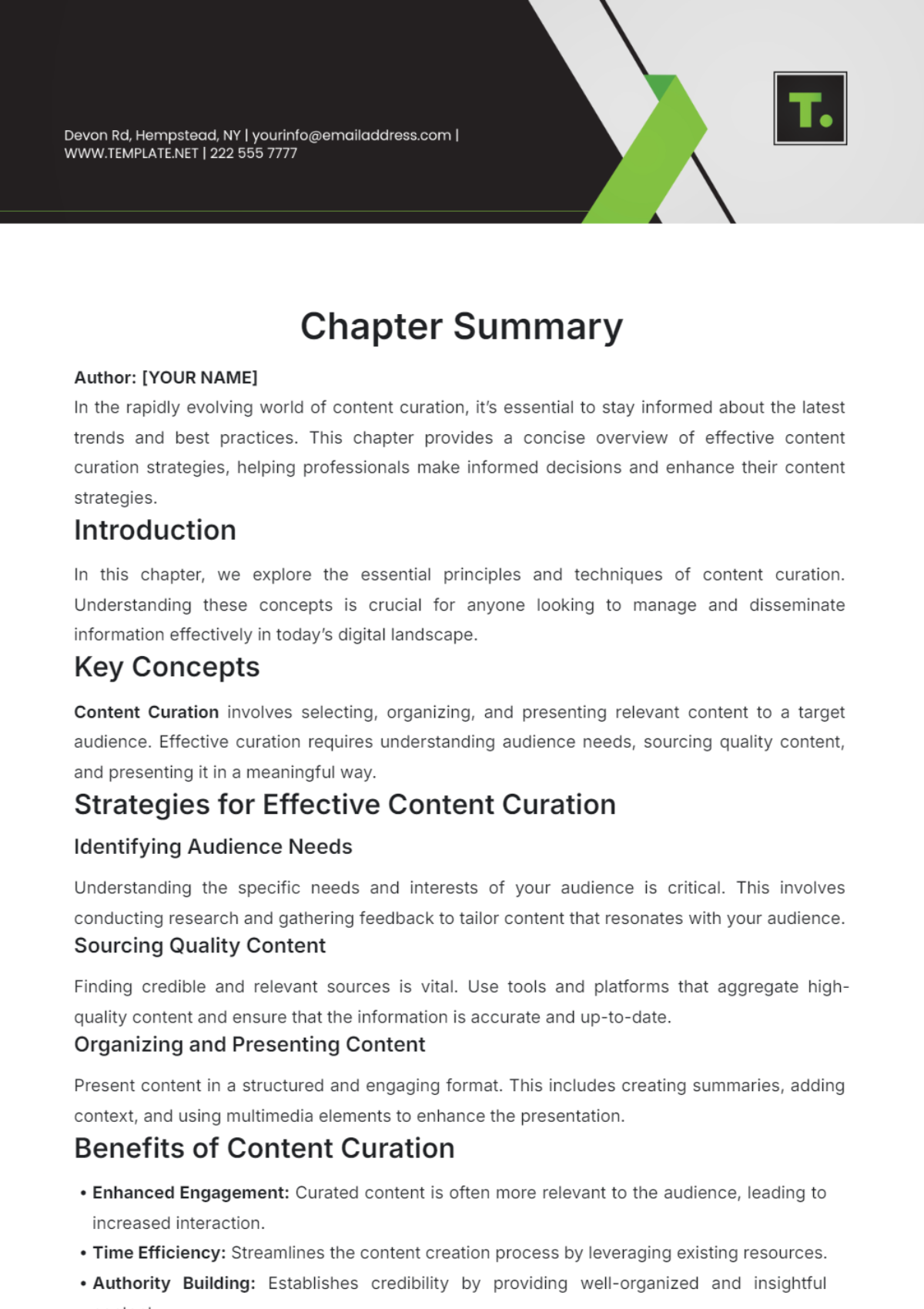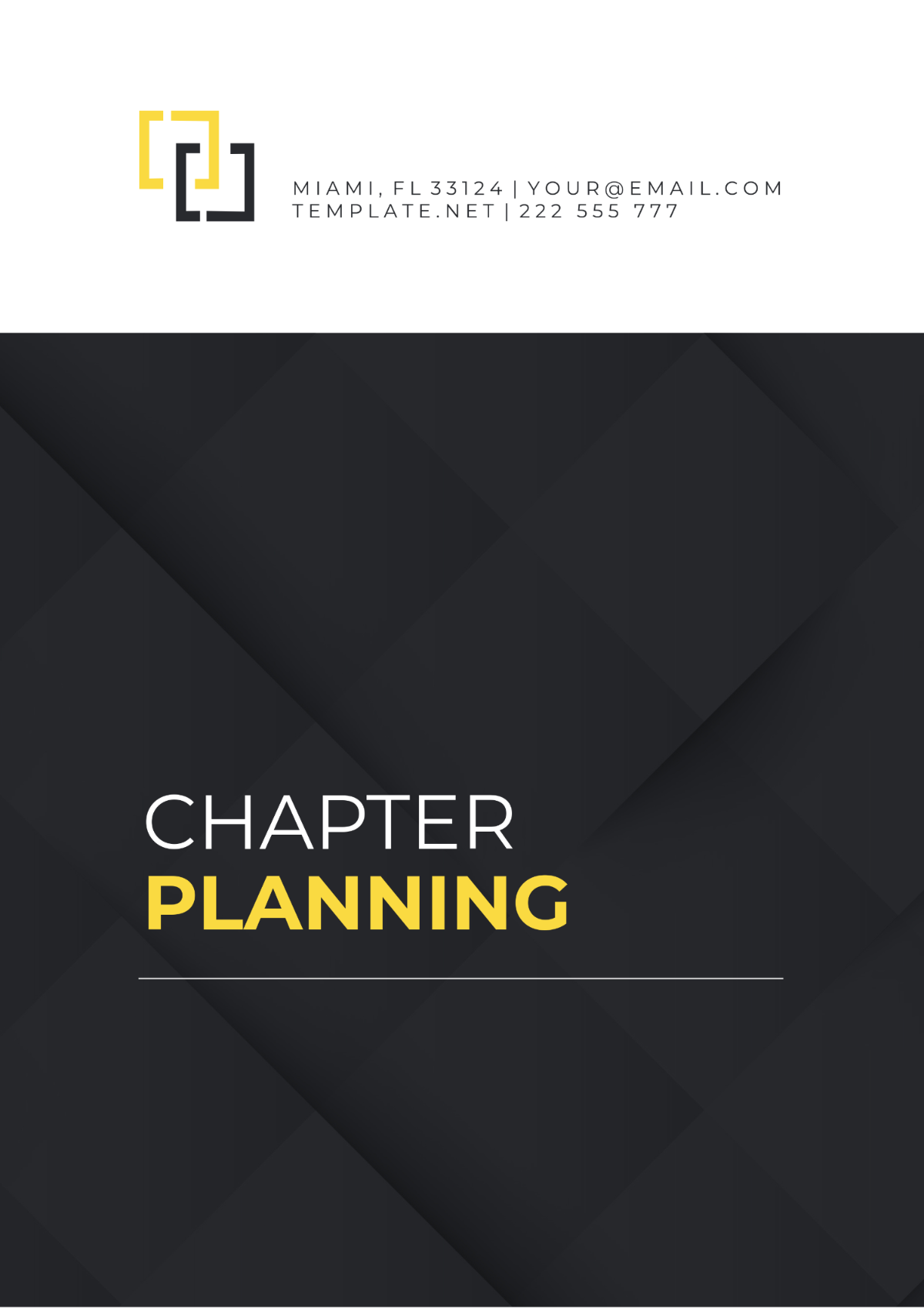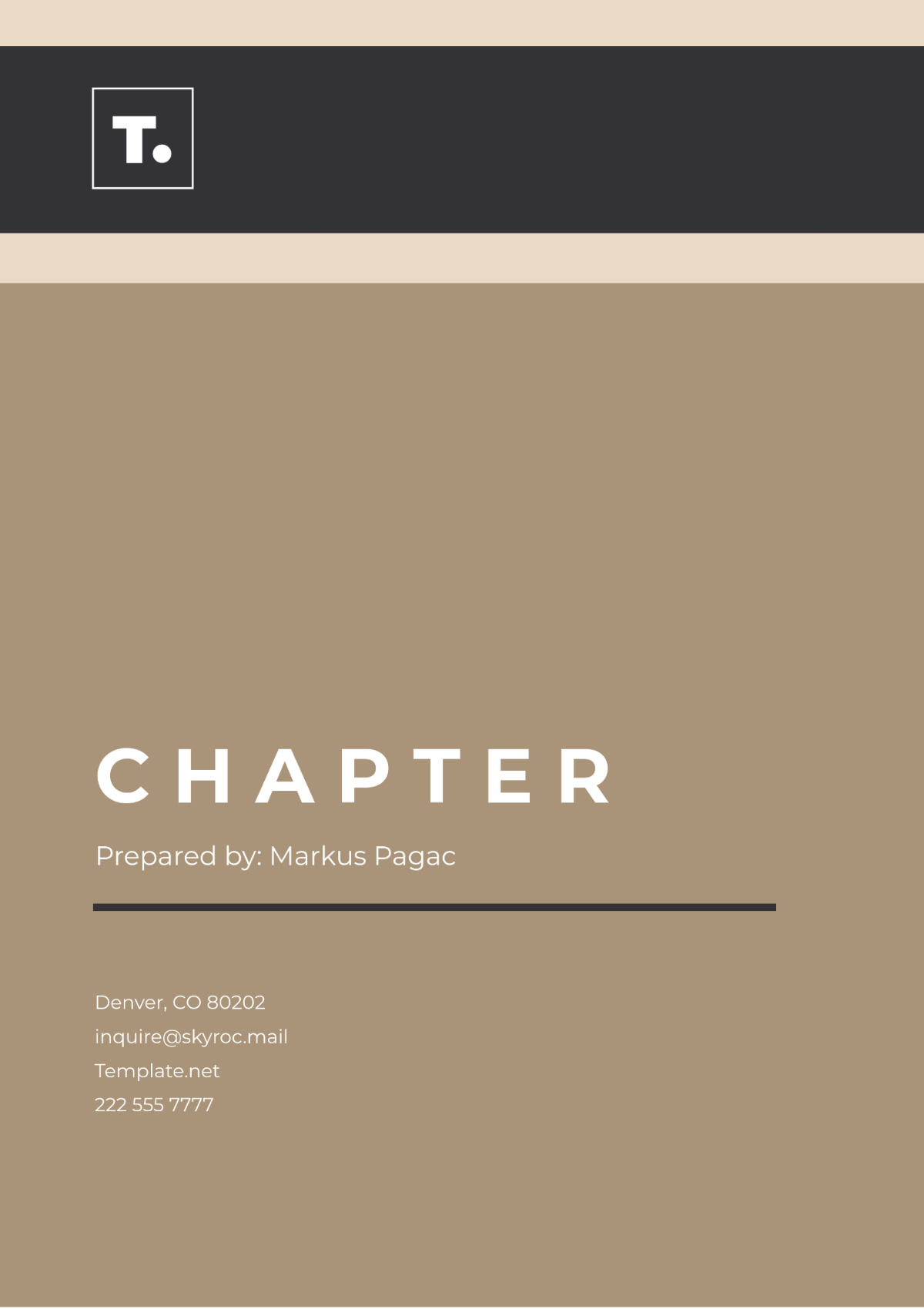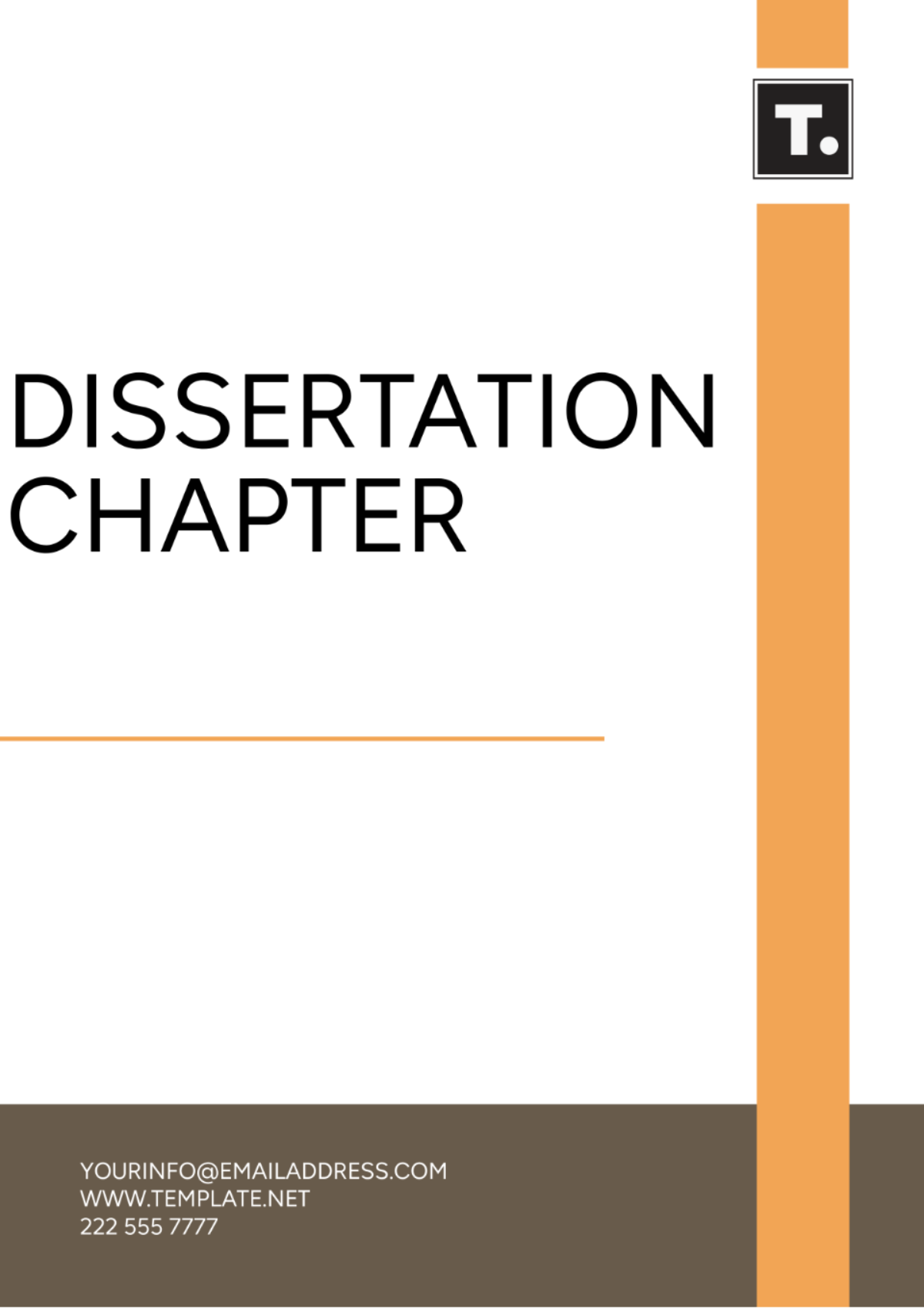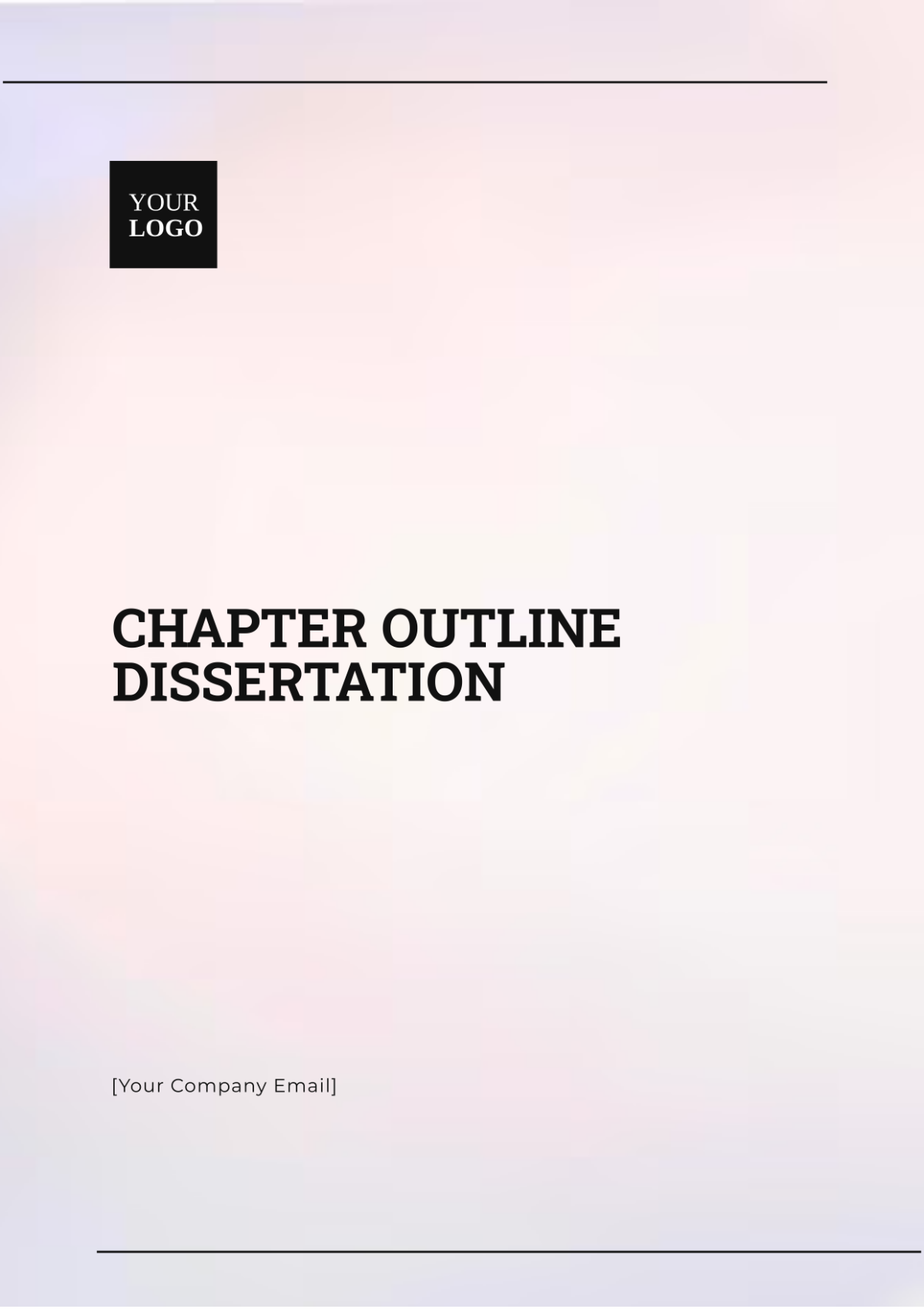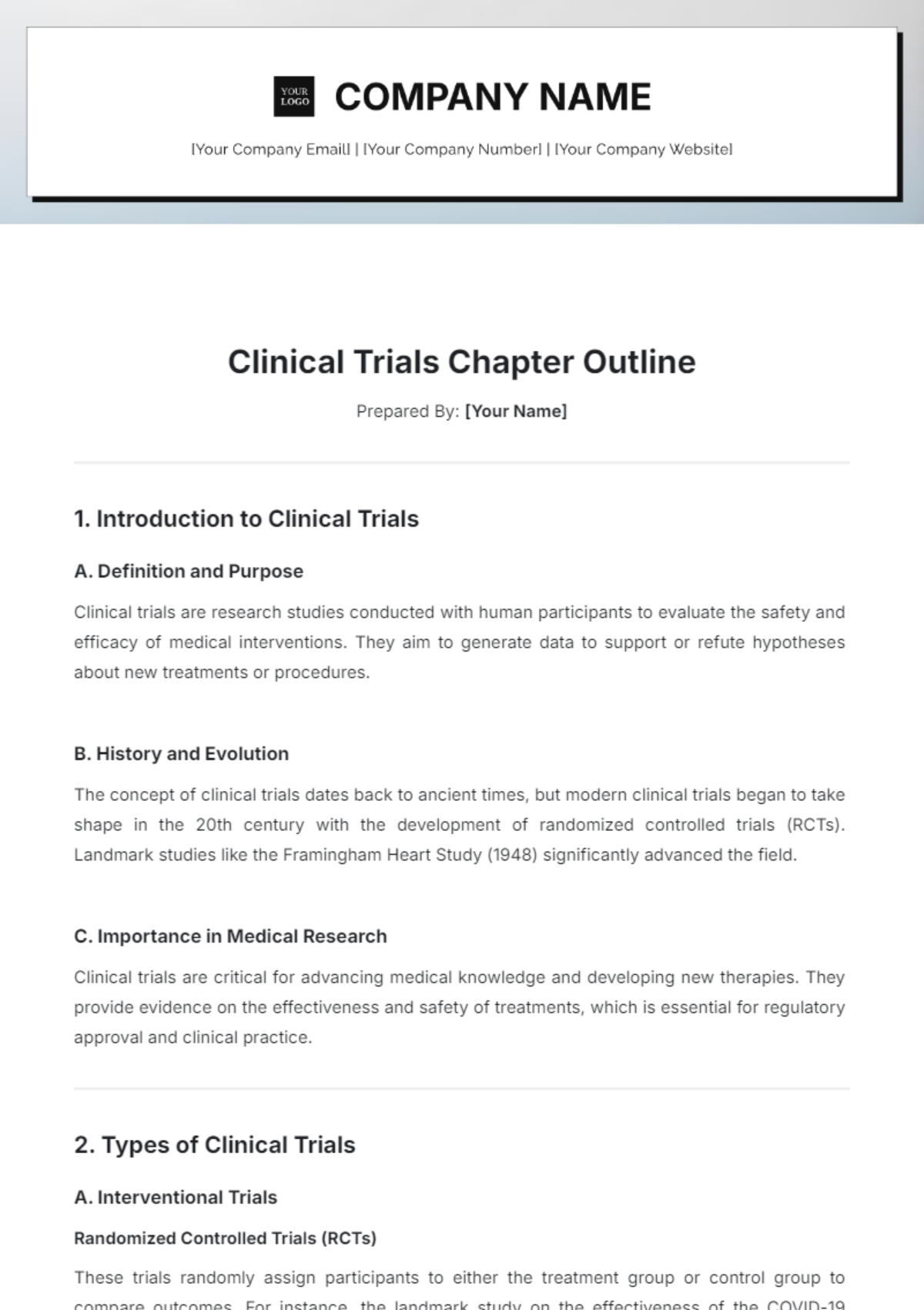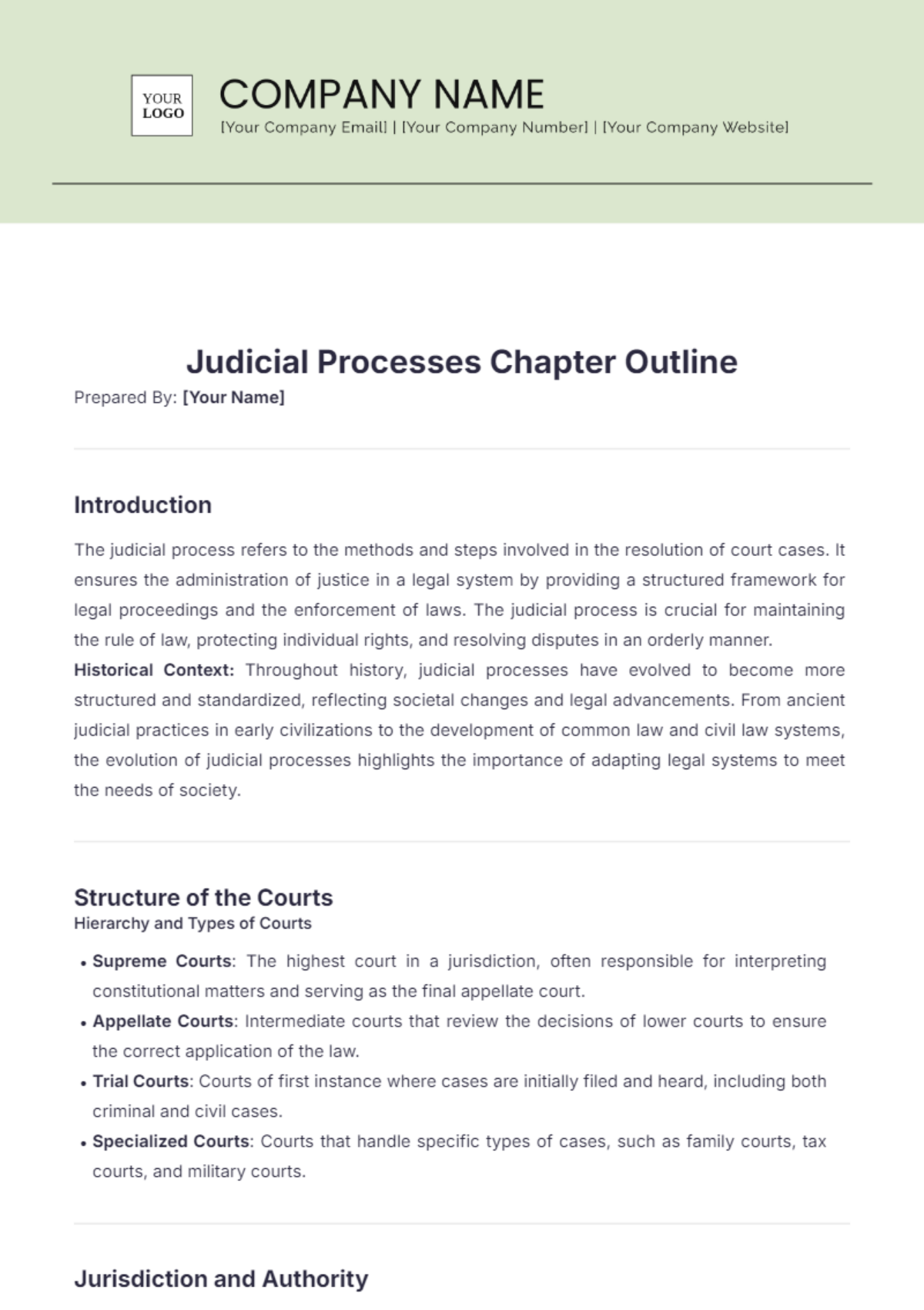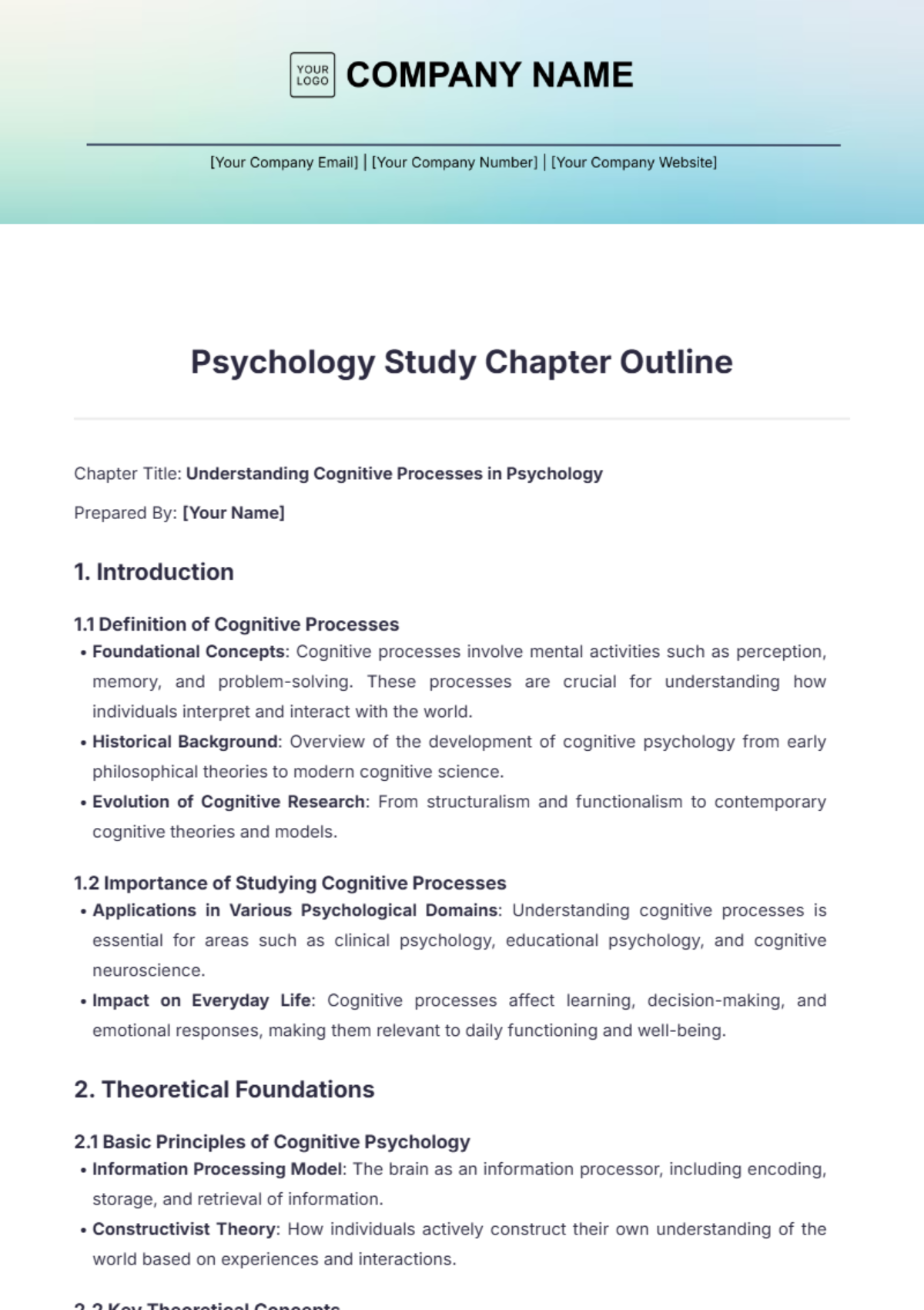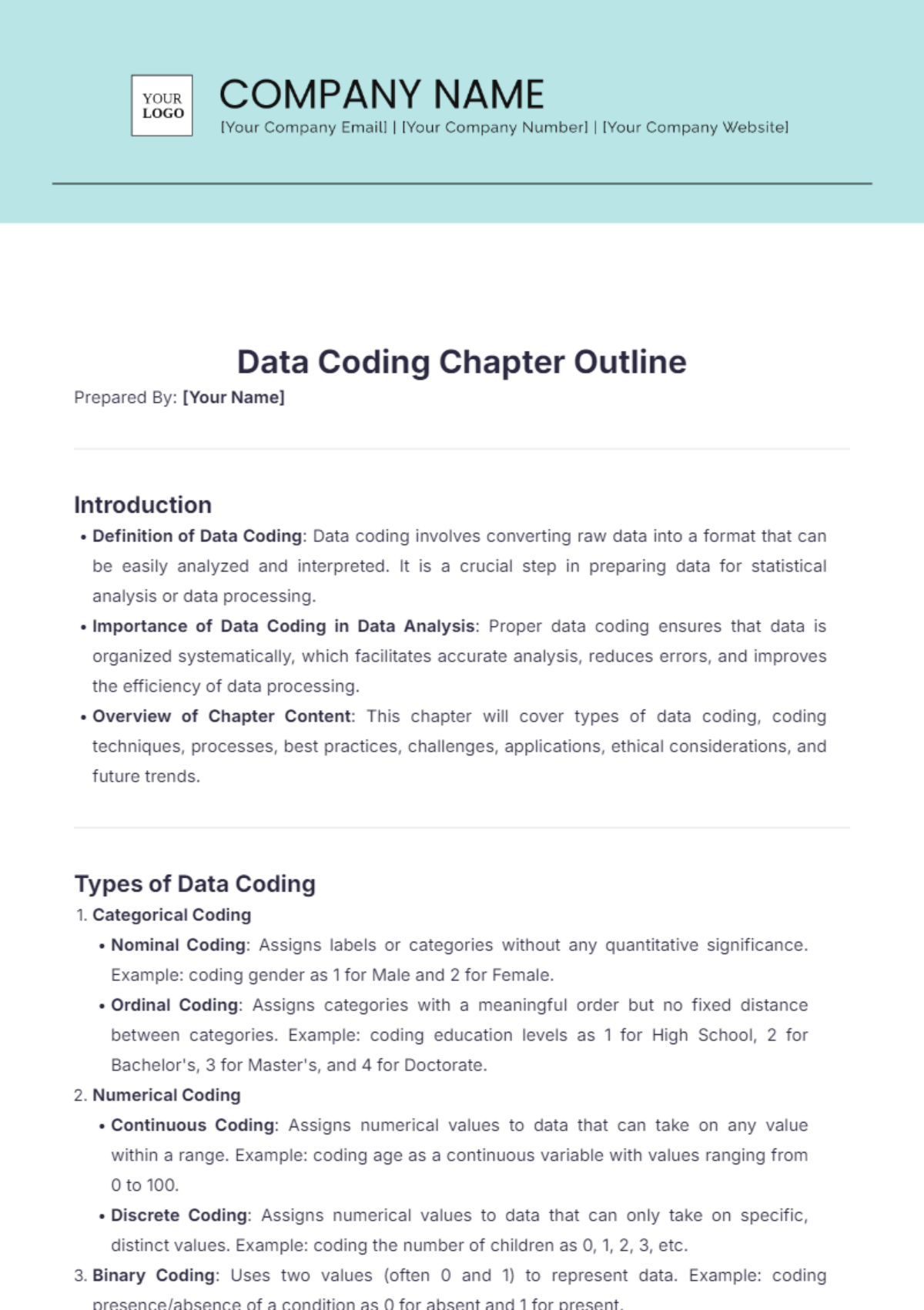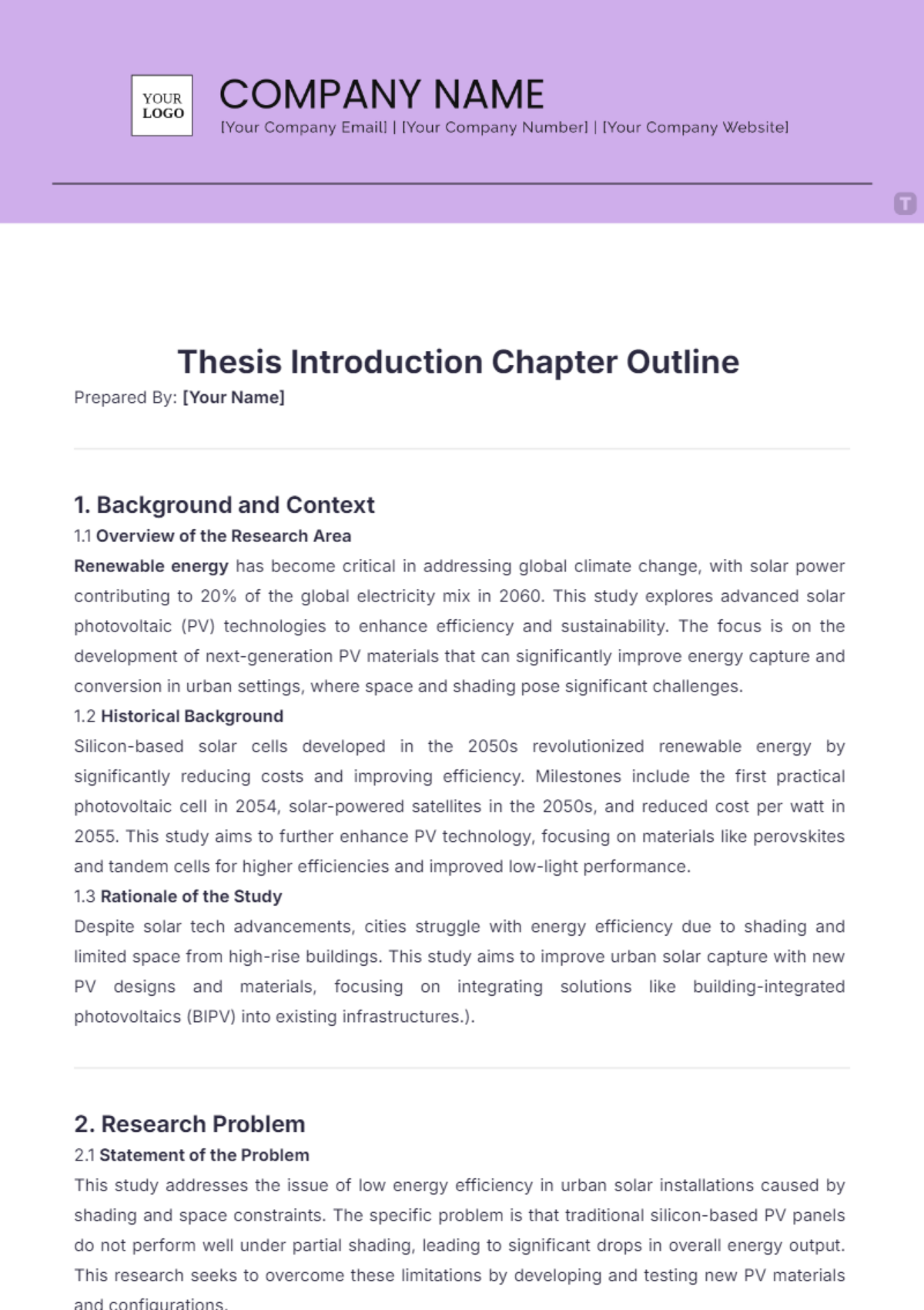Chapter Notetaking
Author | Company | Department | Date |
|---|---|---|---|
[YOUR NAME] | [YOUR COMPANY NAME] | [YOUR DEPARTMENT] | [DATE] |
I. Introduction
This chapter serves as a structured guide to effectively capture and organize notes from various sources such as books, meetings, or lectures. By using this template, [YOUR NAME] can ensure that all vital information is neatly compiled and easily accessible for future reference. The emphasis is on clarity and utility, making information retrieval intuitive and straightforward for anyone at [YOUR COMPANY NAME].
The notetaking process outlined in this template is designed to maximize comprehension and retention of the covered material. It encourages a meticulous approach to documenting key points and relevant details, thereby fostering a deeper understanding of the subject matter.
II. Material Overview
Before delving into the specifics of the text or discussion in focus, provide a brief overview of the material. This section should include the title, author, publication date, and a concise summary of the context and purpose of the material. This preliminary information sets the stage for a more productive notetaking session.
Example:
Title: [MATERIAL TITLE]
Author: [MATERIAL AUTHOR]
Date: [MATERIAL DATE]
Summary: [BRIEF SUMMARY]
III. Key Points and Details
This section is dedicated to capturing the core elements of the material. Use bullet points to list significant ideas, arguments, or events. This helps in distinguishing central information from secondary details, thereby streamlining the study and review process.
Main Idea I: Detail specific arguments, descriptions, or functions discussed in relation to this idea.
Main Idea II: Continue listing other prominent ideas and elaborate briefly.
Main Idea III: Ensure completeness by covering all essential points discussed in the material.
IV. Critical Analysis and Questions
Engage critically with the content by noting any questions that arise during the notetaking process or any analyses that offer deeper insights into the material. This can include contradictions in the text, surprising ideas, or connections to other topics. Such engagement aids in deeper understanding and retention.
Question 1: What are the implications of [IDEA OR EVENT]?
Question 2: How does [THEME OR ARGUMENT] challenge existing paradigms?
Analysis:
Reflect on the broader significance of the themes discussed and their impact on related fields or praxis.
V. Summary and Action Items
Conclude the chapter by summarizing the main points covered in the notes. Highlight any insights gained and outline steps or actions to be taken based on the learnings. This might include further research, discussions with peers, or implementing strategies in practical scenarios at [YOUR COMPANY NAME].
Summary:
Recap the primary insights from the notes and their potential implications.
Action Items:
Research further on [TOPIC OR IDEA].
Schedule discussion with [TEAM OR INDIVIDUAL] to explore practical applications.
Review related materials or case studies to enhance understanding.








